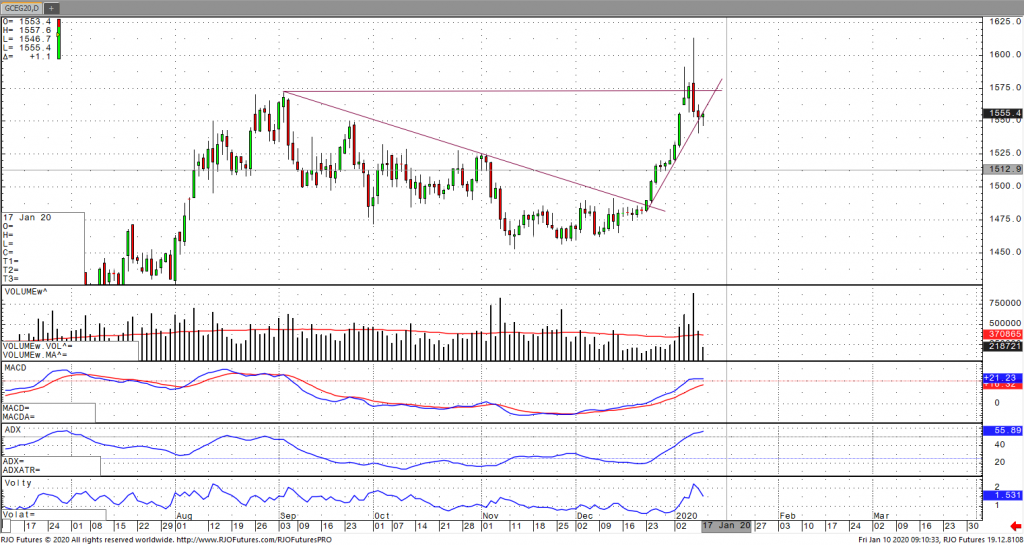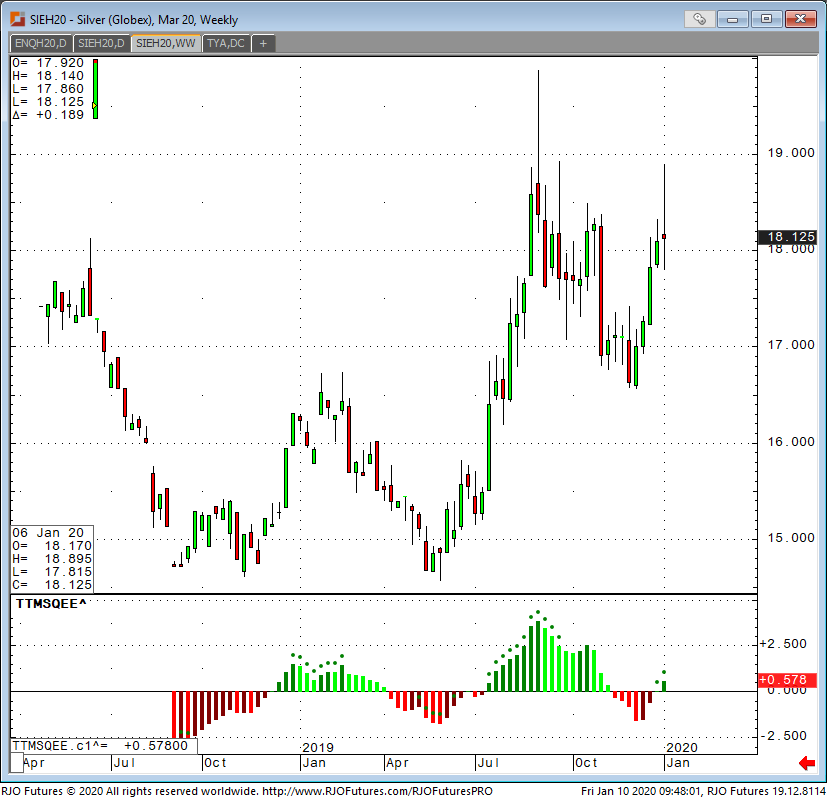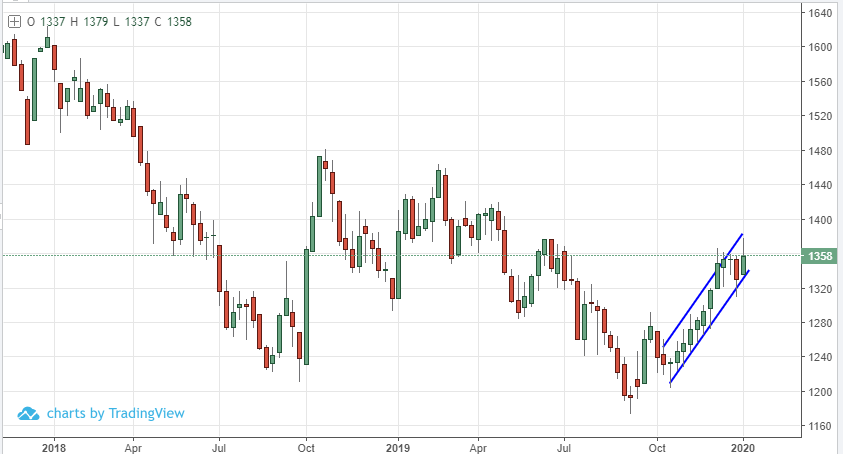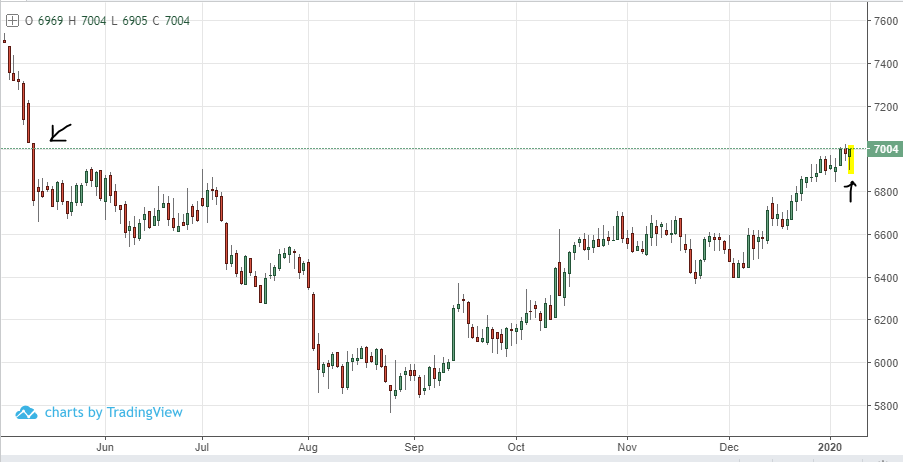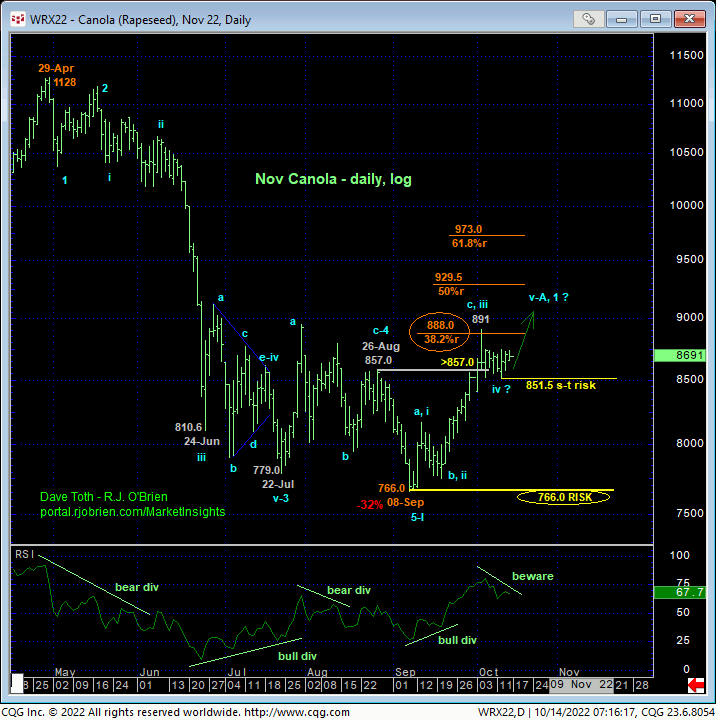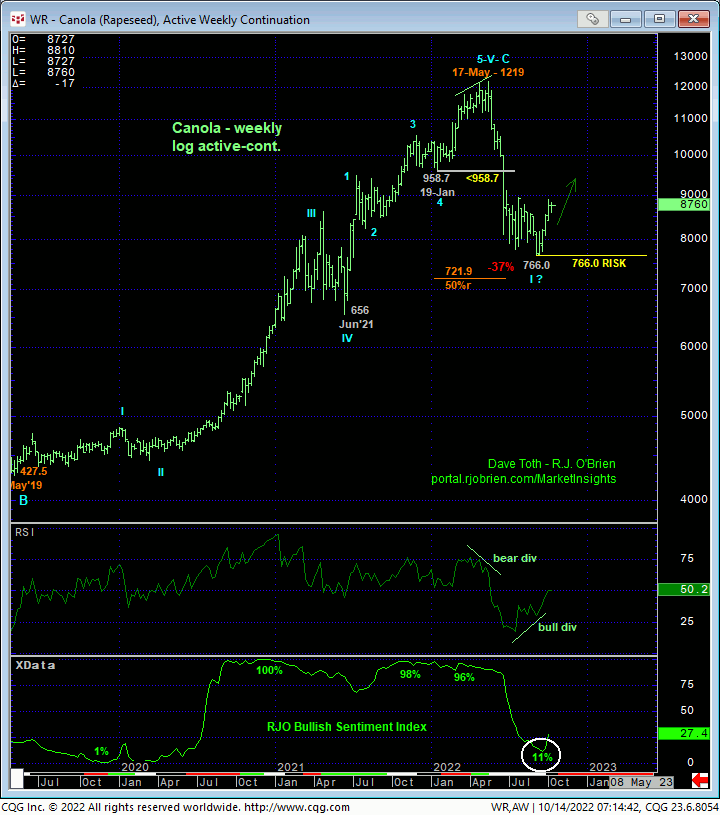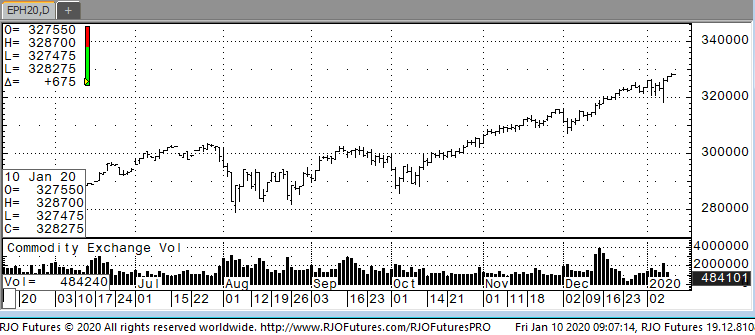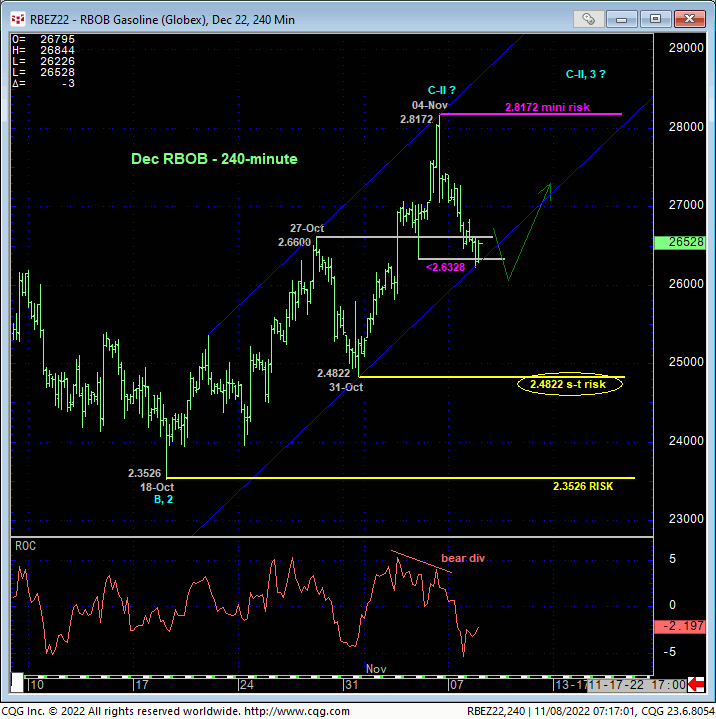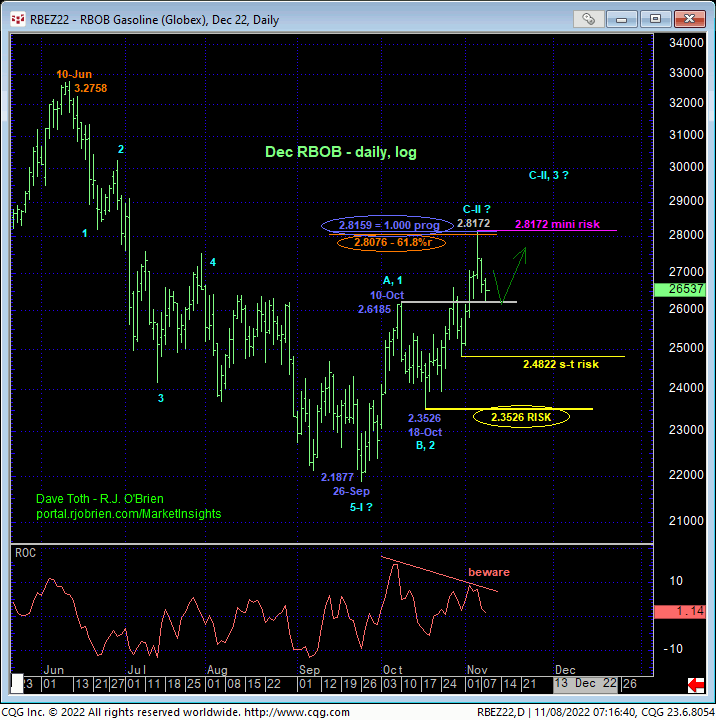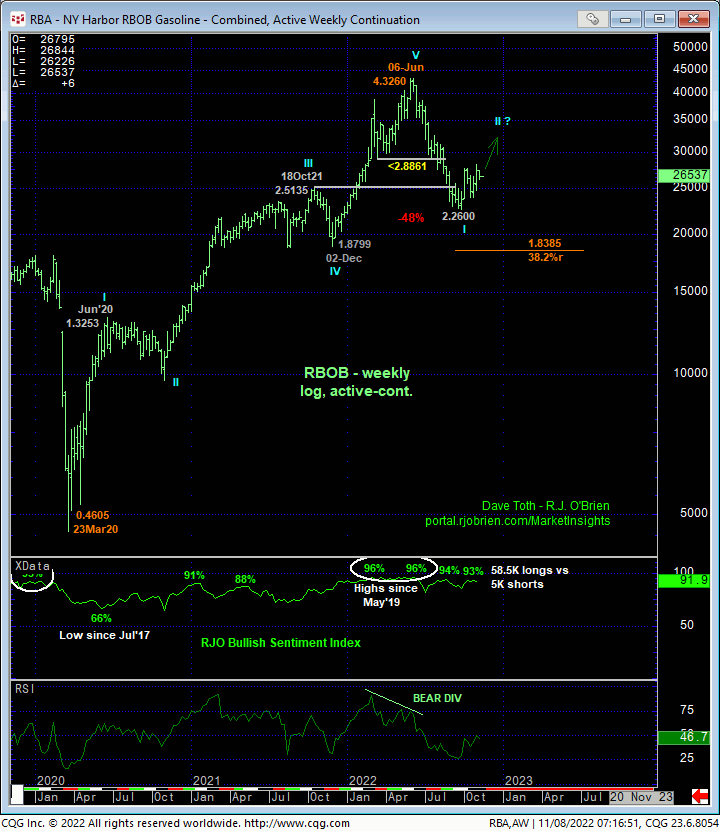
The markets always seem to humble even the best of traders at one point or another, with this week being no exception. The U.S. equity markets along with safe havens such as gold and platinum have seen massive intraday swings from the Iran missile attack. Let’s look at where gold prices should go following the 7-year high that was just made at $1613. First and foremost, it was too far too fast in my opinion. Had the tweet from President Trump now been sent out late the same night as the attack, it’s likely we could have seen push well above 1650 that next morning. Gold has made these moves before, but it can be short lived. Middle east blips can be excellent day trades, but these events historically do not push markets such as gold higher longer than a few weeks.
Longer term support for gold above $1450-1500 could be attributed to central bank buying worldwide is at the highest levels since 1971, with 650 tons of gold purchased in 2018 alone. Banks in countries such as Russia, Turkey, and China are all buying heavily in the physical realm. Every country has their own reason for this, with Russia doing it to break away from the U.S. dollar specifically as an example. Here are a few ways to watch gold, with the specifics found by contacting me directly. Look at the options for a good plan now that volatility premium has picked up significantly. There are calculated risk plays that can be made involving a combination of long and short options in different months. There is also a pure directional play involving futures with options as a hedge against the futures. Gold seems a bit overvalued even at 1560 in my opinion and would be a buyer at levels that are closer to 1525.
